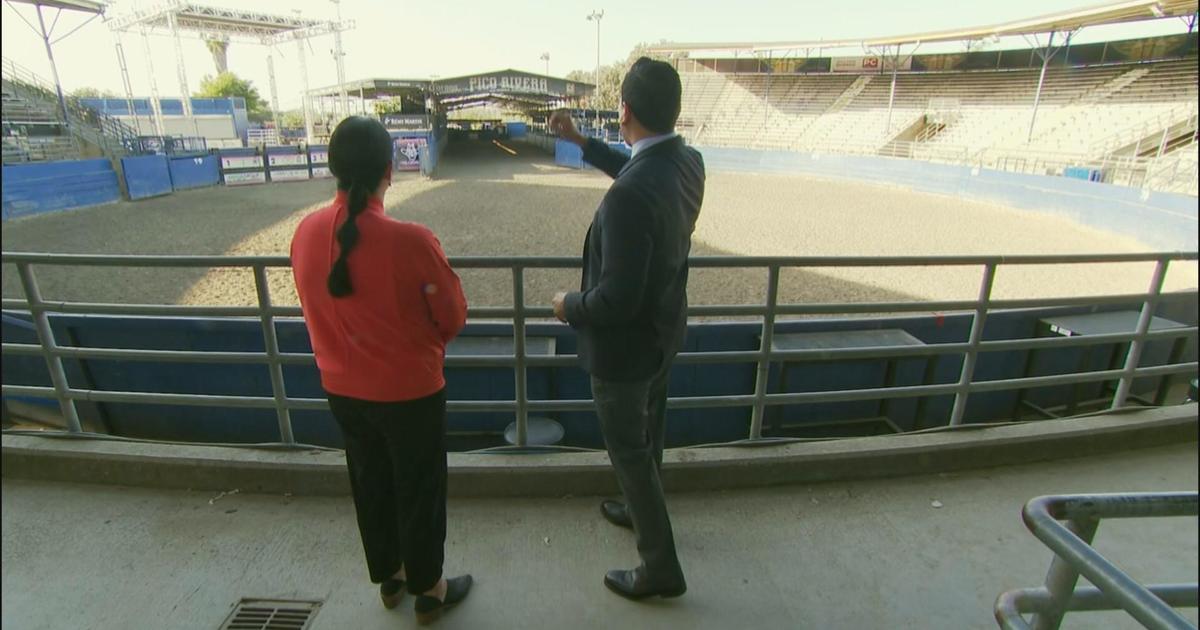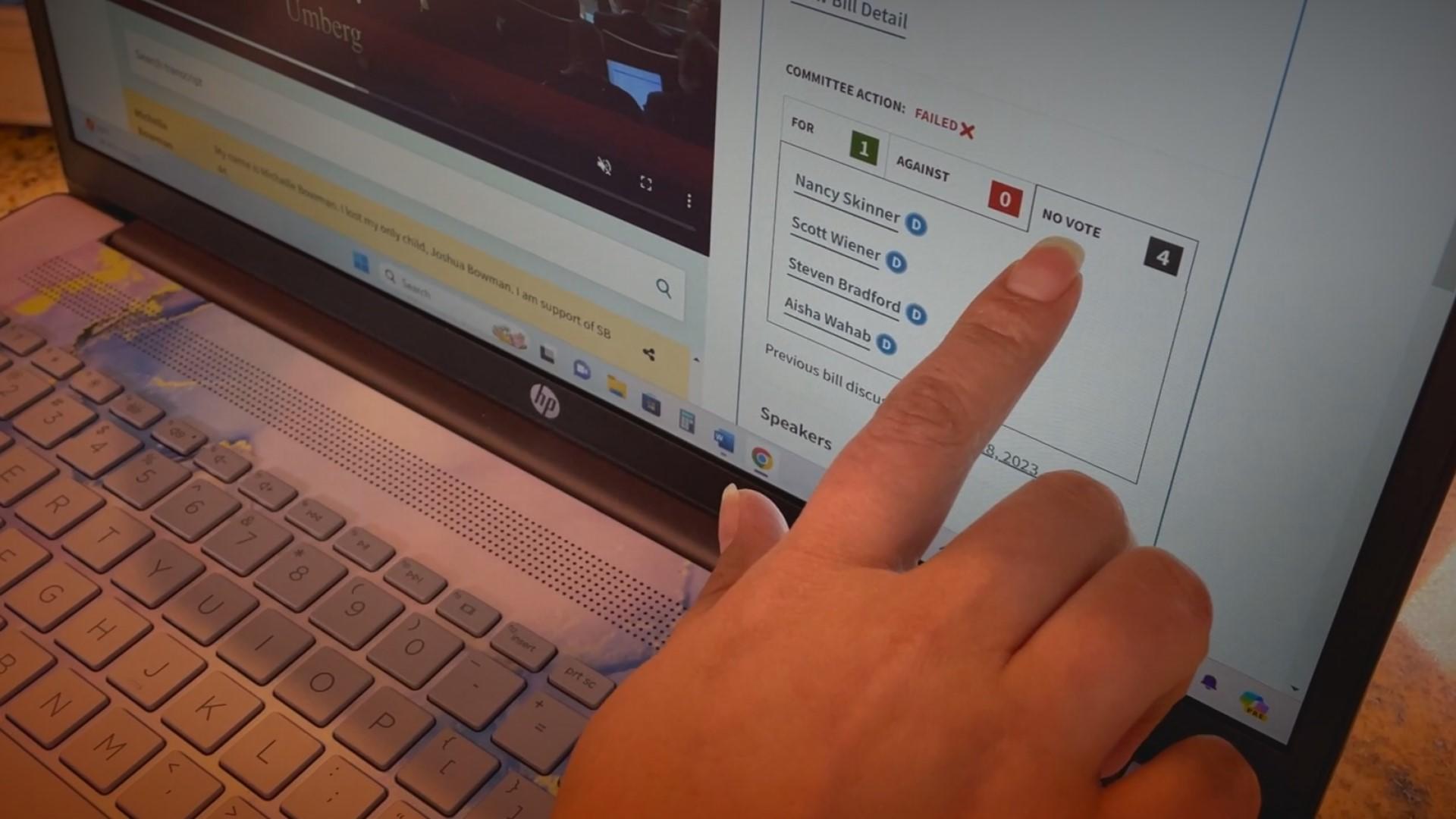Average holiday debt jumps to $1,550 — an 8-year high
Americans are now dealing with the aftermath of completing their holiday shopping during the highest inflation in four decades, with the average holiday debt load soaring 24% from last year to almost $1,550 — the highest amount in the eight years that LendingTree has tracked the trend.
To be sure, not everyone is going into debt, with LendingTree finding in its December survey of 2,050 U.S. consumers that about one-third of Americans took on holiday debt in 2022. But for those who accrued charges on their credit cards, the debt load is the highest since 2015.
While inflation is showing signs of cooling, consumers are grappling with still-high costs as well as rising interest rates, which have made it more expensive to carry credit card debt or take out loans. For the many Americans who are making financial resolutions for 2023, reducing debt is often at the top of the list.
- Inflation-slammed Americans are piling on credit card debt
- How to return gifts purchased using buy now, pay later plans
- 3 ways to cut your credit card debt
"There's never a good time to carry debt, but this is a particularly bad time with interest rates at record highs," noted Matt Schulz, chief credit analyst at LendingTree, in a blog post about the findings.
About 4 in 10 of those taking on debt told LendingTree they expect it could take them at least five months to pay down their holiday bills, compared with about 3 in 10 consumers a year ago.
Many of those consumers weren't expecting to rack up debt, but this year's high inflation was the Achilles' heel of good spending intentions, LendingTree said.
"Higher prices everywhere led people to take on debt they didn't plan to accumulate," Schulz noted. "In all, 63% of those who took on holiday debt say they didn't plan to do so. That's up from 54% a year ago."
Getting rid of holiday debt
There are several methods that can help people pare their holiday debt, Schulz said. Chief among them is finding a zero percent balance transfer card, which can give people more breathing room to pay down debt without incurring interest charges for up to 21 months. After that, the card will begin charging interest — but that zero percent grace period can help people reduce their credit card debt.
Another option is to call your credit card company and ask for a lower rate — a strategy that works surprisingly often, Schulz said. A LendingTree study found that 70% of those who asked for a lower APR in the past year received one, but many consumers don't even consider trying the strategy, he noted.
Lastly, tackle your debt through either the snowball or avalanche approach, depending on which one works best for your personality. With the snowball method, consumers pay off the cards with the lowest balances first. That can be rewarding for people who like to see quick wins.
The avalanche method targets credit cards with the highest interest rates first, which can take longer to pay off but may save you more money, Schulz added.



